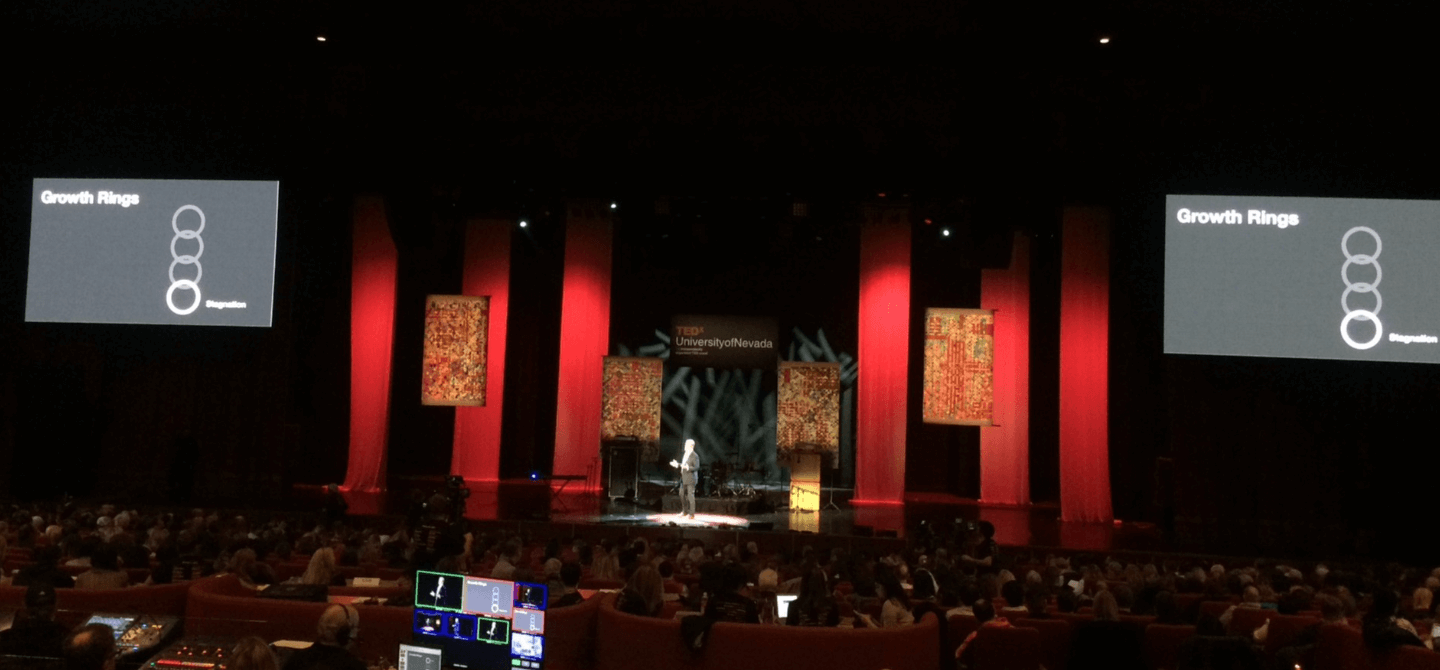PART 1: DEFINING THE ROLE
This is the first installment of a seven-part series. Click here to jump to Part 2.
“Boss” is a broad term with responsibilities that can differ vastly based on industry, organizational structure, and more. But when it comes to being a good boss, there are key elements that hold true whether you’re a tenured CEO, new frontline manager, or something in between. In this multi-part series, we’ll be sharing the most important characteristics and tactics that lead to success as a boss.
Before we can talk about how to be a good boss, it’s important that we get on the same page about what it means to have this role. Below are three common “bosses” and how to define them:
- The Manager: Managing is about execution. It’s making sure that people get things done. Managers come up with a process and see that subsequent priorities get accomplished.
- The Leader: Leaders look at the big picture. They marry strategy, goals, mission, and vision. We often picture “leaders” as the figureheads of organizations, but it’s important to note that any individual can employ leadership skills at any level, regardless of whether or not they have others who report to them.
- The Coach: To be a coach is to take management and leadership one (or several) steps further. The role must include handling day-to-day interactions with your team members, motivating and supporting them to succeed in their own roles. It requires building relationships with the ultimate goal of growth and development.
SO WHO’S THE BEST BOSS – A MANAGER, A LEADER, OR A COACH?
The challenge with both “Manager” and “Leader” is that they are limited in what they can achieve. Managers make sure boxes get checked; leaders can act in isolation. Neither position inherently drives growth. For this reason, we implore that all bosses – managers and leaders alike – strive to be coaches. The best boss is one who helps team members reach their highest potential, and consequently helps their organizations achieve new levels of performance. And for that, only the role of “coach” will suffice.
“If we’re doing the same things that we’ve always been doing, we may be executing it well, but we’re probably not learning anything new.” – Sarah Wirth, President of Ecsell Institute
HOW DOES A MANAGER OR LEADER BECOME A COACH?
Instead of telling people how things should be done, coaches ask people how they think things should be done. Coaches create a work environment that allows for risk taking and mistakes. They help others work through problems by pushing them out of their comfort zone and developing new skills.
Of course, pushing people out of their comfort zone isn’t something you can do in a vacuum. There needs to be a foundation of trust in place. If somebody feels like you really understand who they are and that you have their best interests at heart, then when you challenge them, they will understand that it’s for their benefit.
The next six installments in this series will each focus on a critical coaching theme, outlining exactly what best practices and behaviors bosses need to become high-performance coaches. Stay tuned as we share how to create trust-based relationships with your team members next.
























